Whether it is a miniature mansion in Huntington Beach, CA or a cabin in Centerville, VA, your home is probably your biggest investment, and protecting it is in your best interest.
You already know how important it is to maintain the interior of your home, but what about the space outside those four walls? Yard drainage issues can really take a toll on your home and its foundation, doing far more damage than a loose railing or broken shutter. If you want to protect your home and your finances, do yourself a favor and make sure you have the proper drainage.
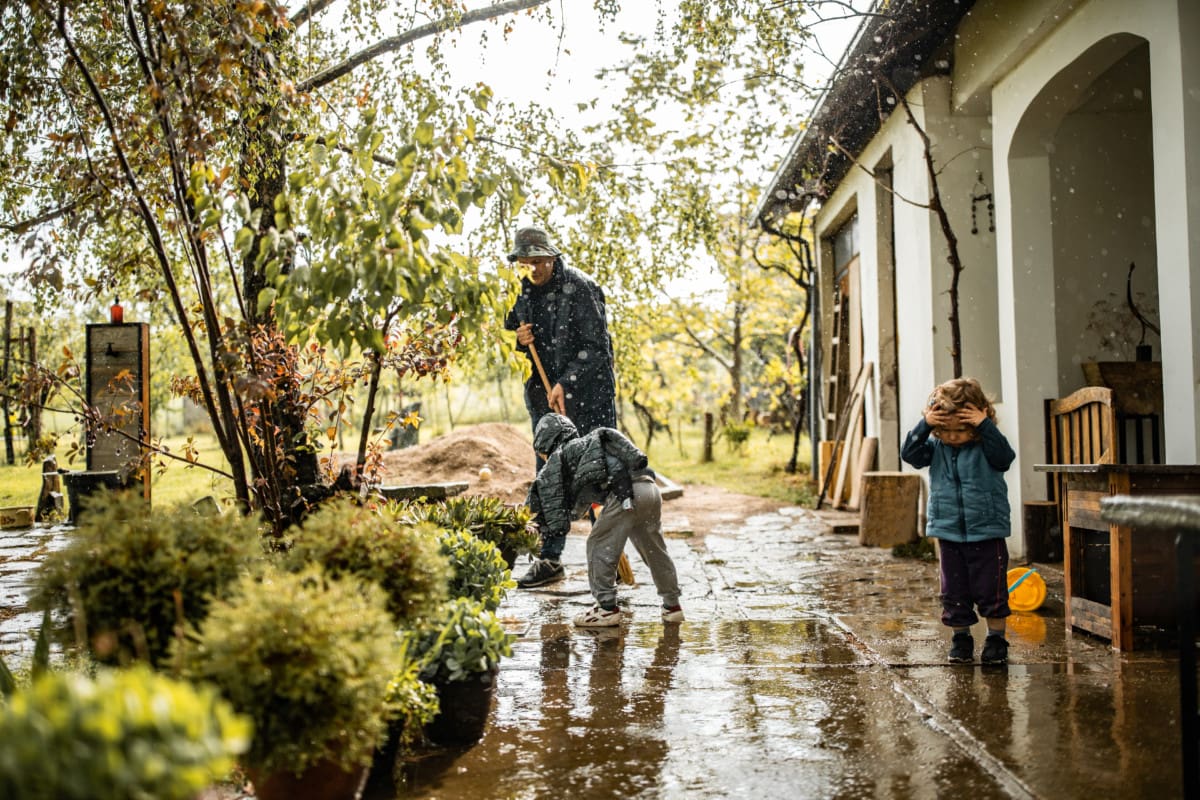
Water: What to Consider When Buying a Home
Water is essential to life, but it is also a hidden danger for your home. Water is the universal solvent and given enough time, this simple element can carve great canyons – or destroy the foundation of your home.
If you want to avoid hassles down the line, you need to pay careful attention to the water situation. Proper drainage is essential for maintaining a healthy foundation, and without a good foundation, your entire home could be at risk.
Wet soil near the foundation should always be cause for concern, especially if it has been some time since the last rainfall. Even if the rains were recent, the presence of pooled water or lingering wet spots could indicate poor drainage. This could eventually lead to erosion or cracks in the foundation and a big repair bill.
It’s also important to ask about any current irrigation systems on the property, as these could either help or hinder proper drainage. This is particularly important when searching for homes in areas with heavy rainfall. The presence of underground drains is a big deal when you are looking to buy a home, so be sure to ask your real estate agent. If the agent does not know, be sure to follow up until you get the information you need.
Looking to save money on your mortgage?
Renovating your home?
Find out what your home's worth, edit facts, and see the impact of home projects.
How to Fix Common Drainage Issues
Renovating your home?
If you are in the market for a new home, it’s important to take proper drainage into consideration. It may not be as exciting as a brand new kitchen, but drainage will play a huge role in your future home care expenditures. Buying a home with poor drainage could mean spending a fortune on upgrades and improvements while purchasing a property with good drainage could simplify your life and reduce the cost of ownership.
Things are a bit more complicated if the home you already live in is plagued by poor drainage. If your current home does not drain well, you could be looking at foundation problems and water damage down the line.
The good news is that yard drainage issues, even severe ones, can usually be fixed. There are a number of ways to address poor yard drainage, and each method has its pros and cons. Here are some fixes to consider when addressing a yard drainage problem on your property.
Update Your Current Drainage System
Fixing your gutters and downspouts is the simplest, and least expensive, way to improve drainage in your yard. Start by checking the gutters for blockages and broken areas, then replace any substandard materials. Here are the steps you need to take to make sure your gutters and downspouts are doing their job
- Look for wet spots and areas of standing water around the downspouts. They could be indications of poor drainage or blocked gutters.
- Go outside the next time it rains. Is the water flowing freely through the gutters and out the downspouts? If the water is not flowing, you need to find the blockage.
- Grab your ladder, or call a roofer to check your gutters and downspouts. Replace any broken sections to restore proper drainage.
- Keep trees trimmed to avoid fallen leaves. They could clog your gutters, especially in the fall when leaves are likely to build up.
If your gutters and downspouts are already in good shape, think about extending the downspout so the water runs further away from your home. There is really no downside to this simple home improvement, and this is always a good place to start.
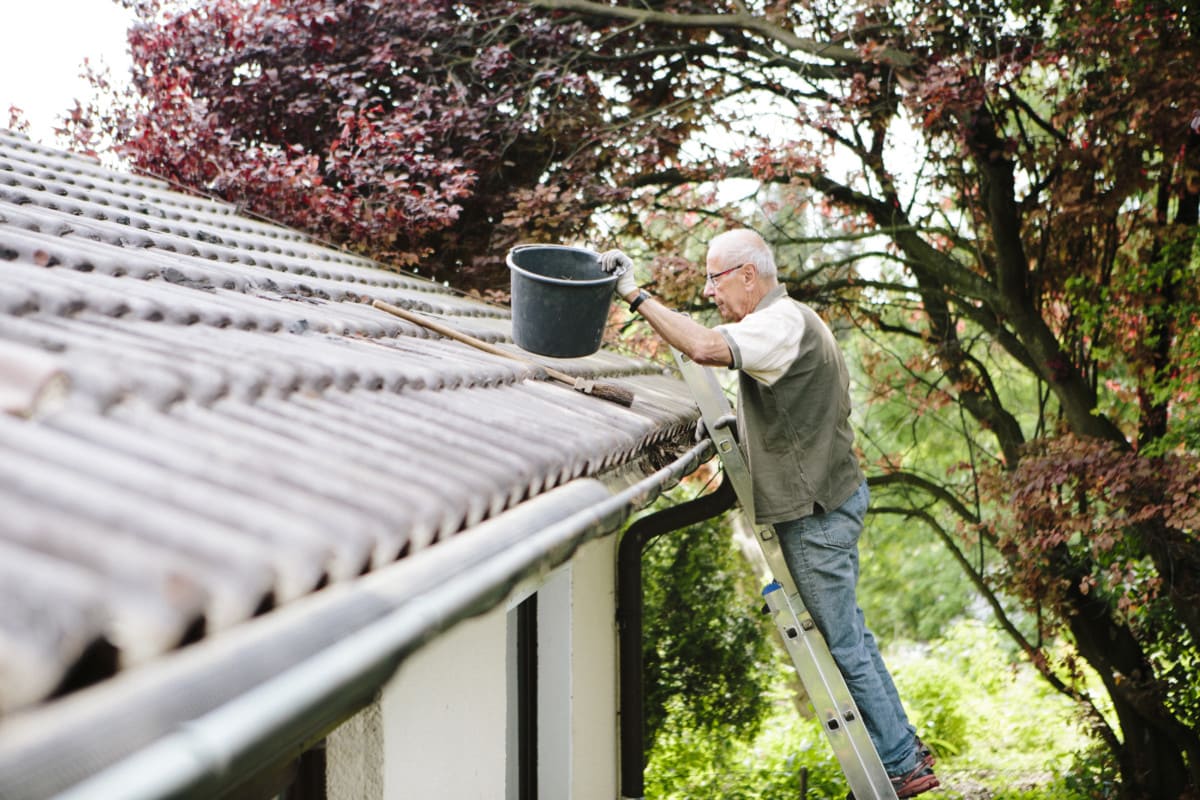
Redirect Drainage into a Creek Bed or Rain Garden
Creating a creek bed is another relatively simple way to improve your yard drainage issues and channel water away from your home and its foundation. This simple landscaping job will redirect rainfall to a dry spot, or better yet to a rain garden. You can use the extra moisture in your gardening endeavors, all while the rest of the yard stays dry.
- Pay attention to how your yard drains following a big rainstorm or sudden downpour. Identify the problem area you want the creek bed to address.
- Dig a trench from the area of poor drainage, ensuring that the water is channeled away from your home and yard.
- Use stone to fill in the area where the creek bed empties out.
Creek beds offer an aesthetically pleasing advantage with the proper landscape design. You’ll want to make sure that the design of the creek bed looks natural in your yard, rain or shine.
If you decide to go the route of the rain garden, plant a blend of absorbent trees, shrubs, and flowers for properly handling the runoff. Here are a few examples of water-friendly plants that would make a suitable addition to your rain garden:
- Fountain grass (Pennisetum alopecuroides)
- Switchgrass (Panicum virgatum)
- Cardinal flower (Lobelia cardinalis)
- Blue star (Amsonia ‘Blue Ice’)
- River birch (Betula nigra)
- American sycamore (Platanus occidentalis)
- Bladdernut (Staphylea trifolia)
Install a Drainpipe or French Drain
Installing a French Drain is another low-tech but highly effective way to deal with poor yard drainage. You will need some basic digging and excavating tools, and some sweat equity, but this project is well within your reach.
The trench for the drainpipe should be downsloping, roughly 5-6 inches wide, and the inlet must remain higher than the discharge area. You will need to check the drainpipe periodically to make sure it is not clogged or damaged. Failing to take these precautions could cause water to back up toward your home, potentially putting the foundation at risk. Drainpipes may require a bigger time commitment than other solutions but it’s a worthwhile investment.
Here are the steps you will need to take when installing that drainpipe:
- Dig a trench that slopes down from your home and yard.
- Put the drainpipe in place and cover it with stone, then refill it with the soil you removed to dig the trench.
- Watch how the water drains the next time it rains.
- Check the drainpipe or French drain for blockages on a regular basis and make any necessary repairs.
It doesn’t matter where you live, or how much or how little rainfall you get. Yard drainage issues can damage your foundation and put your property at risk. If you are looking for a home, taking drainage into consideration could save you a lot of time, hassle and heartache. If you already own a home, improving the drainage could prevent erosion, enhance the soil and even give your gardening hobby a helping hand.









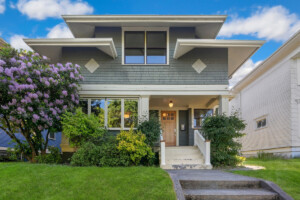

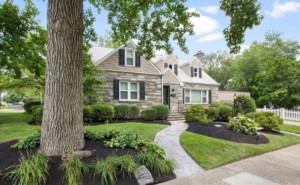

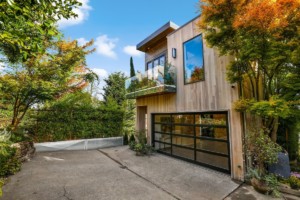







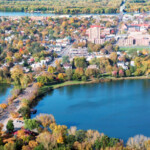





 United States
United States Canada
Canada